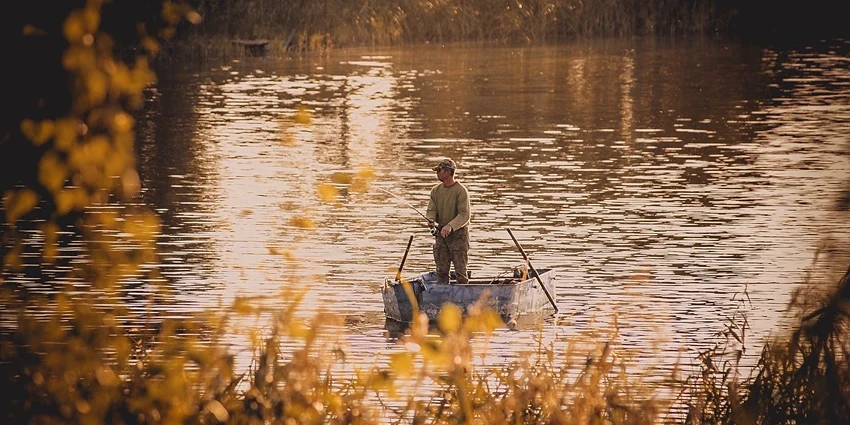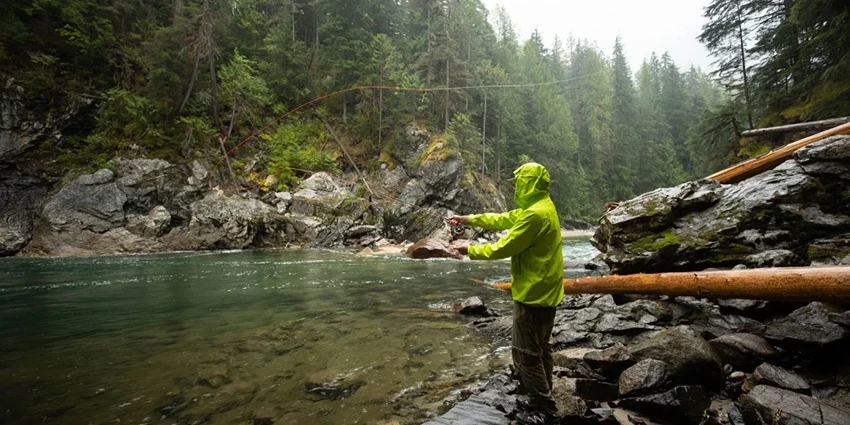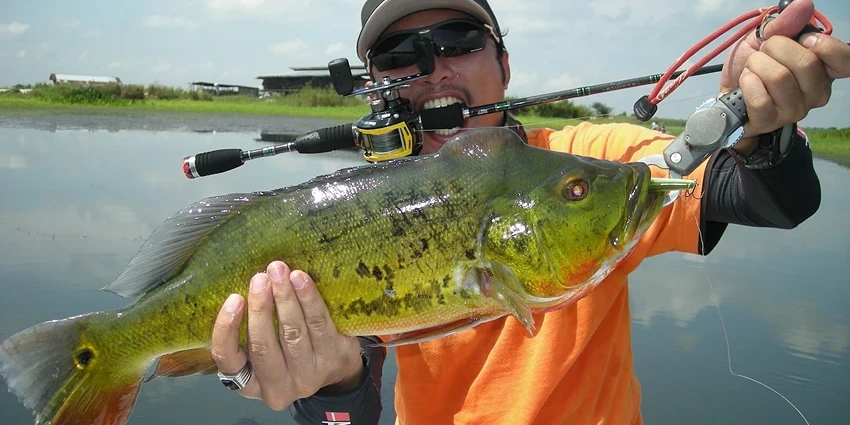All products were chosen independently by our editorial team. This review contains affiliate links and we may receive a commission for purchases made. Please read our affiliates FAQ page to find out more.
Fishing isn’t just a hobby; it’s an adventure that blends skill, patience, and a bit of luck. For those of us who love the thrill of the catch, understanding the best times to fish in freshwater is crucial. It’s not just about casting your line and hoping for the best; it’s about syncing with nature’s rhythm to make your fishing experience unforgettable.
Best Times for Freshwater Fishing
Early Morning Fishing Advantages
- Peaceful Environment: Fewer people and less noise make fish less cautious.
- Active Fish: Cooler temperatures encourage fish to feed near the surface.
Late Evening Fishing: Pros and Cons
- Reduced Visibility: Fish are more active but harder to spot.
- Cooler Temperatures: After the heat of the day, fish become more active.
Seasonal Variations in Fishing Times
- Spring and Fall: Transition periods often see increased fish activity.
- Summer: Early morning and late evening are best to avoid the heat.
- Winter: Ice fishing can be productive, but safety is paramount.

Factors Influencing Fishing Success
Weather Patterns and Fish Behavior
- Barometric Pressure: Fish are sensitive to changes in atmospheric pressure.
- Rainfall: Light rain can bring nutrients to the surface, attracting fish.
Water Temperature and Fish Activity
- Optimal Range: Each species has a preferred temperature range.
- Extreme Temperatures: Avoid fishing during very hot or cold conditions.
Lunar Phases and Fishing Efficacy
- Moon Phases: Full and new moons can influence fish feeding patterns.
- Tidal Effects: In areas affected by tides, the lunar cycle plays a significant role.
Tackling Techniques for Freshwater Fishing
Choosing the Right Fishing Gear
- Rod and Reel: Match your gear to the fish species and environment.
- Line and Tackle: Consider water clarity and fish size when choosing.
Bait Selection for Different Freshwater Fish
- Live Bait: Often more effective but requires more care.
- Artificial Lures: Useful for covering more water and attracting aggressive fish.
Location Strategies for Freshwater Fishing
Identifying Prime Fishing Spots
- Structure and Cover: Fish often congregate around natural or man-made structures.
- Depth and Current: Fish may prefer certain depths or areas with more or less current.
Understanding Fish Habitats in Freshwater Bodies
- Lakes and Ponds: Look for drop-offs, weed beds, and submerged structures.
- Rivers and Streams: Focus on bends, pools, and areas with slower current.
Jump to:
Advanced Tackling Techniques
Maximizing Your Catch with the Right Approach
Strategic Casting
- Accuracy Over Distance: Focus on placing your bait where the fish are likely to be.
- Vary Your Technique: Switch between different casting techniques based on the environment.
Lure Selection and Usage
- Match the Hatch: Choose lures that mimic local prey.
- Color and Size: Consider water clarity and fish species when selecting lure size and color.
Table: Popular Lure Types and Their Uses
| Lure Type | Best Use | Ideal Conditions |
| Spinners | Attracting predatory fish | Clear water |
| Jigs | Bottom fishing | Murky water |
| Plugs | Mimicking small fish | Choppy water |
Register for our latest in-depth reviews and product round-ups from the experts
Enter your email address below to receive our twice monthly reviews emails.
By entering your details, you are agreeing to our terms and conditions and privacy policy. You can unsubscribe at any time.
Location and Timing Strategies
Finding the Perfect Fishing Spot
Reading the Water
- Look for Signs of Fish: Birds diving, jumping fish, and baitfish schools are good indicators.
- Water Flow and Depth: Fish often stay in areas where the current is slower but can access deeper water quickly.
Table: Ideal Fishing Locations Based on Fish Species
| Fish Species | Preferred Habitat | Suggested Locations |
| Bass | Near structures | Weed lines, docks |
| Trout | Cooler, oxygen-rich water | Upstream pools, shaded areas |
| Catfish | Bottom in muddy areas | River bends, deep holes |
Frequently Asked Questions
Early morning and late evening are generally the best times, as fish are more active during these cooler parts of the day.
Fish behavior changes with weather patterns. For example, they tend to feed more before a storm and less during bright, sunny days.
Look for areas with plenty of natural cover and food sources, such as underwater structures, weed beds, and areas where streams enter a lake or river.
Yes, the lunar cycle can influence fish behavior, especially in species sensitive to tidal changes.







